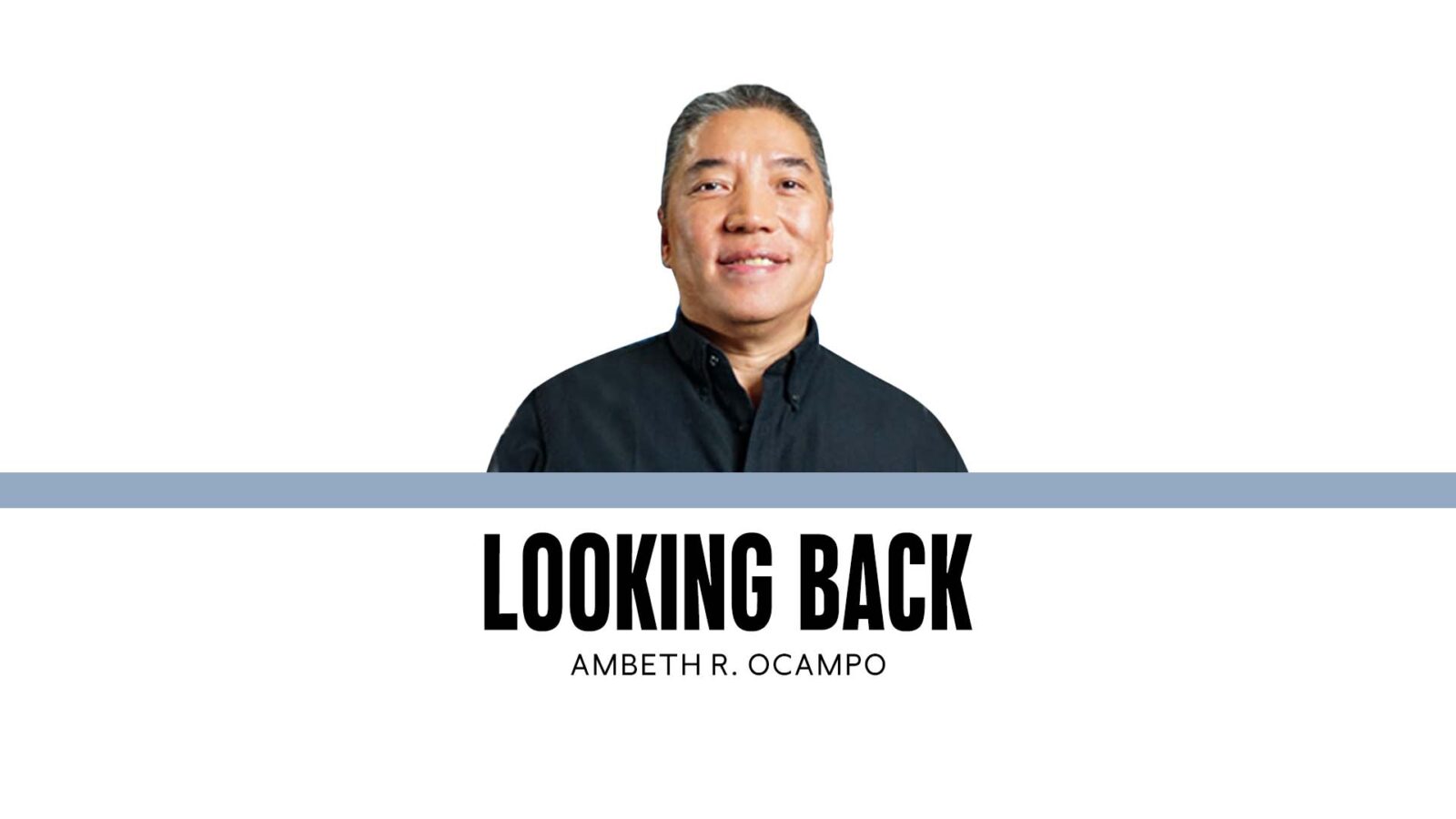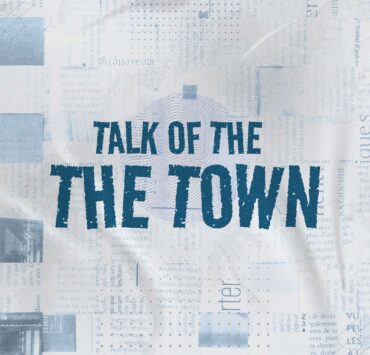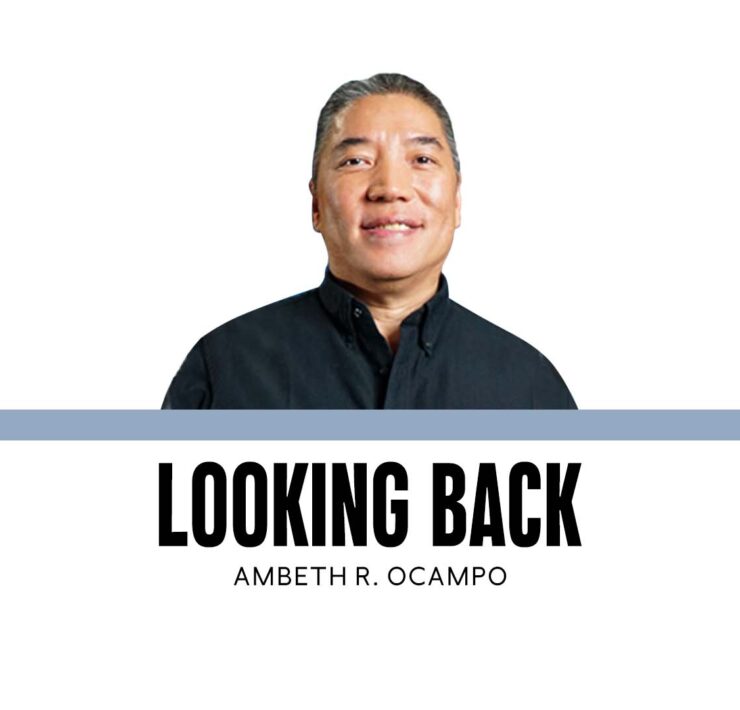Class of 2025

Having no children of my own, I compensate during commencement exercises, cheering for students who endured my course and hurdled four years to get their diplomas. During the last graduation, I noticed that the Class of 2025 was different from the rest. First, I did not seem to know any of them by face; a few I only knew by name. Then it hit me, this was the cohort that spent their freshman year completely online because of the pandemic lockdown.
To this day, I feel sorry for the Class of 2025 because they missed their freshman year, the period when they transitioned from K-12 to college. For those who came from an all-boys or all-girls school, the change to coeducation is great. It’s not only about how you dress and groom, but how you interact in the real world. Freshman year is about creating lasting friendships, learning about academic writing, and citation formats like MLA and Chicago (Turabian to an older generation). In freshman year, you learn about: university traditions, must-have professors, must-avoid professors, and how to prepare for punishing oral exams in modern languages, theology, and philosophy.
As I was educated in the last century, the life stages were a bit different. Preschool, as I remember it, was all play except for feeding time and being forced to take a nap on a mat in the morning when all I wanted to do was stay in the playground with my friends. The transition from primary (Grades 1 to 3) to intermediate (Grades 4 to 7) was marked by the change in uniform, from shorts to long pants. In high school, we had no uniform and with parental consent, it was possible to smoke openly in designated areas. In college, life was not as structured as K-12; class periods were not from 8 a.m. to 4 p.m., but at irregular times that gave us a lot of time to “make bulakbol.” Reciting in class from our seats was new, and in the first few weeks, we were reminded not to stand up to say something. Some teachers, like Doreen Fernandez, told us to address them by their first names, something we could never do until long after we graduated and matured.
The Class of 2025 is unique because they attended class at home, listening to teachers who fumbled with Zoom, and like them were new to learning management systems, like Canvas or Moodle. I had to learn how to make recorded lectures with a ring light, headphones, and horrors—light makeup and lip gloss. After recording, I was required to make a transcription for people with low bandwidth or no budget for internet data. With libraries closed, I had to scan or search for online readings. For all the hassle, it was actually liberating not having to battle traffic in the commute to campus. You could even come to class in “pambahay.”
Things are back to normal; the pandemic is now a fading memory. We are back on campus, with some institutions, oblivious to the gains of the pandemic, demanding that everyone return to 100 percent face-to-face teaching. No more online classes, when the ideal should be recorded lectures and readings done online or asynchronously, reserving synchronous classes online or onsite for discussion rather than lectures. Distraction is back with a vengeance.
One day last semester, as I was updating the slides for my lectures, a student sat beside me and started to chat. I could hear someone on her phone speaking, so I asked, “Don’t you want to take that call?” She replied, “Not really, I’m in a Zoom class.” This made me realize that online classes were effective during the pandemic because students were stuck at home, but today they can “attend” Zoom classes anywhere. They will not be caught because they are allowed to keep their cameras off.
The greater challenge is AI systems, such as ChatGPT, which can summarize assigned readings. It can also transcribe and organize lectures seconds after the professor stops. It can also write essays for them! Students now know how to get around plagiarism and AI detectors. It has reached a point when I rejoice when I receive a badly written paper, because that is something AI is not trained to do. At least, not yet.
This batch, I remember as a jumble of thumbnail photos on a screen. They hopefully remember me because I was the only one who had both video and audio on the whole time. I even engaged in the chat. In our class, I tried to wean them from the fairy-tale textbook history fed to them in K-12. Theirs was a Philippine history designed to educate and inspire. Mine was seeing the real world. Yes, it is important to learn about the lives and times of the people who figure in the emergence of the nation. This made them feel good and proud. However, if the past leads to a happy ending—the birth of the nation—why is the present such a mess? How do we liberate ourselves from the past? Pandemic lockdown made me realize that sometimes, Philippine history can be a nightmare we want to wake up from. When and how they will wake up is the problem they have to solve for themselves. No other generation will better understand this than the Class of 2025. They are not a lost generation, as some think. Forged by the pandemic, they are better equipped than those before or after them.
Ambeth is a Public Historian whose research covers 19th century Philippines: its art, culture, and the people who figure in the birth of the nation. Professor and former Chair, Department of History, Ateneo de Manila University, he writes a widely-read editorial page column for the Philippine Daily Inquirer, and has published over 30 books—the most recent being: Martial Law: Looking Back 15 (Anvil, 2021) and Yaman: History and Heritage in Philippine Money (Bangko Sentral ng Pilipinas, 2021).


















